We need more to see women in adventure travel – this expedition is a good place to start

On 8 January 2020, Wendy Searle became only the seventh woman to ever ski solo without resupply from the Antarctic coast to the south pole.
Over 42 days, 16 hours and 23 minutes, Wendy skied through 715 miles of polar wilderness, dragging an 86kg pulk (a type of sled) containing all the food, equipment and supplies she would need to survive in some of the most hostile terrains on the planet. She camped alone while skiing between 11 and 12 hours a day – without taking a single rest day.
“That moment when I saw the south pole in the distance about 11 miles away was the one I constantly come back to,” she tells me. “All those years of training and fundraising and planning and sacrifice and missing my kids for all the time I was away, telescoped into this one moment of realisation that I was going to succeed.
“It’s definitely a huge relief, but also a bit of disbelief as well.”
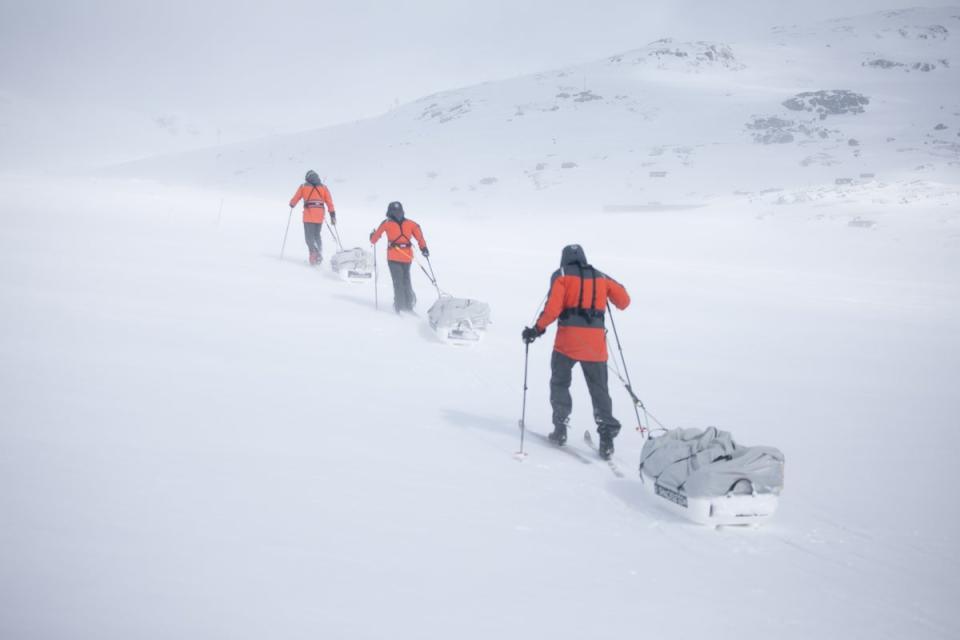
Perhaps what is most striking about Wendy’s achievement is that just five years before she set out she had never considered a polar expedition. She was neither an athlete nor an adventurer – in fact, she didn’t even know how to ski. In 2015, Wendy was a mother of four young children working a full-time job for a military charity. She had no particular funds or financial safety net, nor any spare time to train. Her achievement is no doubt extraordinary, but Wendy insists she was (and still is) very much an ordinary woman.
“I’ve always felt very average,” she says. “I was very average at school, at grades and sports and all of those things. So I never thought that I would do something that was out of the ordinary. It was important for me for that reason. I just wanted to see how far I could get in doing something different – challenging myself to do something that I was really afraid of and wasn’t sure if I could finish.”
Read more on adventure travel:
I’m chatting with Wendy over dinner in Norway. By dinner, I mean dried food which we’re eating out of the packet in a tent that’s being whipped by the wind in the snowy wilderness. The landscape outside looks like a mini Antarctica – it’s the terrain that most, if not all, the greatest explorers trained in before setting off on their expeditions. Outside the wind is slowly picking up (that night it will start battering our tent at speeds of around 45mph), our feet are hanging into a snowy pit we dug inside the tent after setting up camp, and we’re both wrapped up in thermals and down jackets.
That day, Wendy and her partner Louis (a former SAS soldier and Royal Marine Commando) guided our small group ski-touring from our base in the remote town of Finse out across a frozen lake Finsevatnet into the polar wilderness beyond. We each pulled our own pulk carrying the equipment we would need for a night in polar conditions, taking turns to lead and navigate, and then setting up camp, cooking a meal and bedding down for a night in the snowy wilderness.
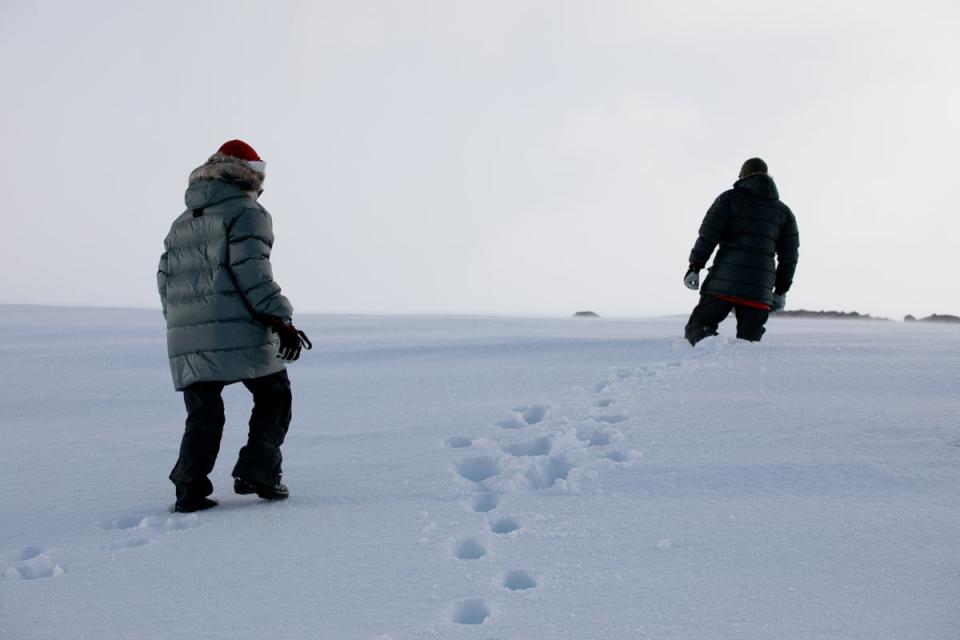

I was taking part in Shackleton’s Level 1 Finse Polar Skills Challenge, an expedition designed to provide an introduction to adventuring in an extreme cold weather environment. This six-day trip is meant to be challenging yet accessible – it takes those who have limited or zero experience and guides them through the process of preparing for and undertaking an expedition.
The experience starts long before you arrive in Finse. In the months prior you’ll receive specialised physical and mental training programmes designed according to your current fitness levels, professional nutrition guidance, and a detailed packing list.
Wendy says: “It’s a chance for full immersion in the expedition world without having had prior experience. We start right from the beginning explaining what an expedition ski looks like and how it attaches to the boot, and so on.
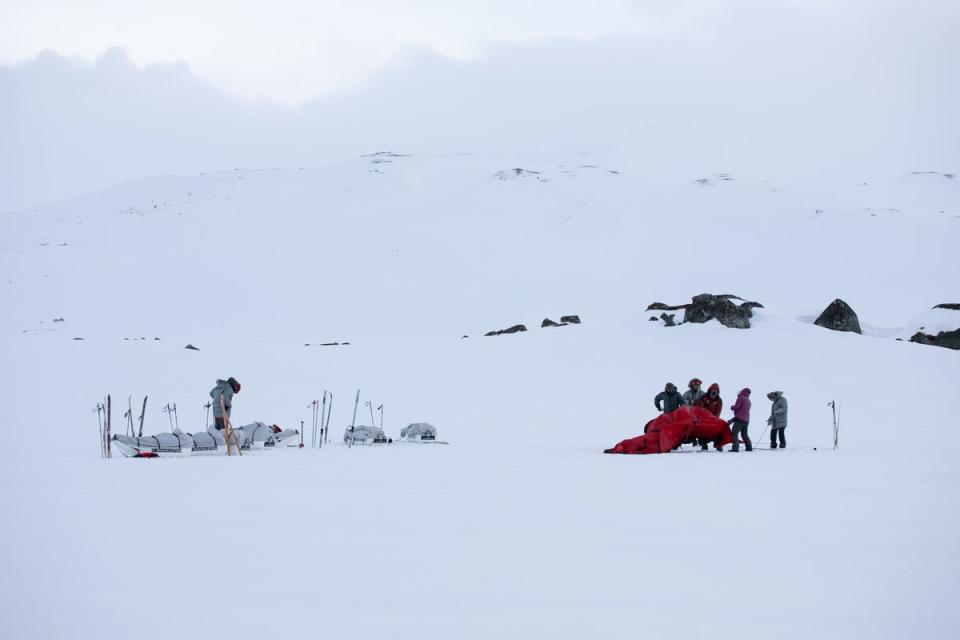

“We’ve never yet had to turn anybody away. And that, for me, is really important.”
This year, the brand launched its women’s only expeditions, which Wendy will lead next season. She explains: “We wanted to cater to women who would prefer to be in an all-female environment.
“It’s often more impression than fact, but some women have experienced that this world can be exclusive, testosterone-filled and competitive, and feel like that’s not for them. They want something that is much more about community and connection and feeling in a safe space.”
Although fitness and physicality are no doubt an important part of adventure and expedition, Wendy says these are actually not as important as the mental strength you need to survive in the wilderness, along with skills like preparation, determination, teamwork and building a sense of support and community.
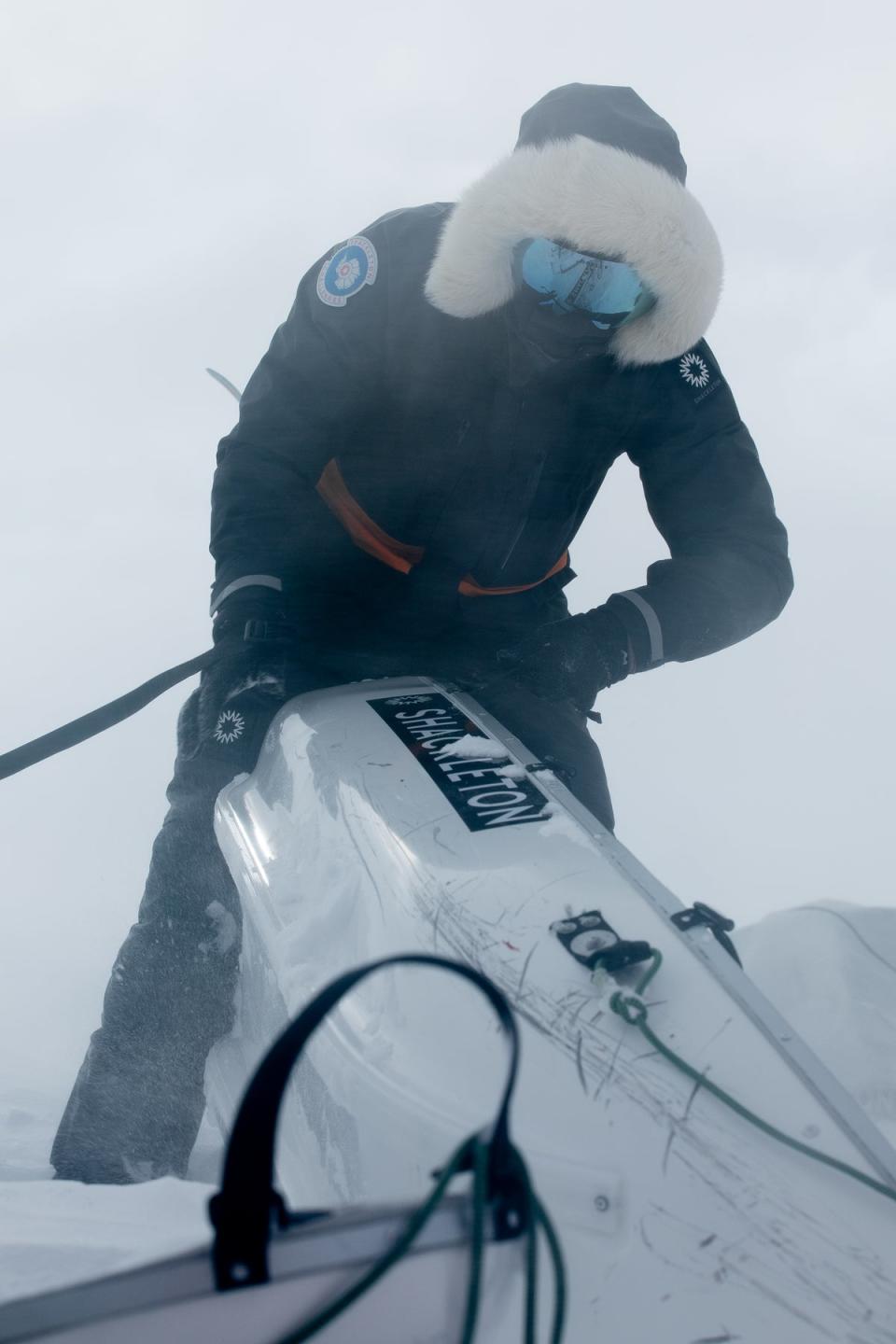

And in these areas, she says that she finds that women are often stronger than men. She says: “This is anecdotal rather than scientific, for my experience has been that women prepare better. They’re more comprehensive in how they approach something.
“They turn up with the right kit, they’ve done all the training that’s been asked of them, and they’re keen to do well. There’s definitely much less of a ‘oh, I’ll just wing it’ approach.”
Adventurer and author Alice Morrison, who presents BBC2’s Morocco to Timbuktu agrees. She tells me: “For me it isn’t hardest, fastest, strongest, it’s about getting to know the place you are travelling through and the people you meet.
“I would say that in the world of exploration, being a woman is my superpower. My interest is the Middle East and Africa and I love places that are remote and wild. The communities I come across tend to be very traditional and gender-separated. So, I get to meet and talk to the women and learn about their lives whereas a man just couldn’t do that.
“My priorities are to collaborate, enjoy it and have a really happy team. I use all the softer skills like my languages and understanding of people to make my adventures a success.”
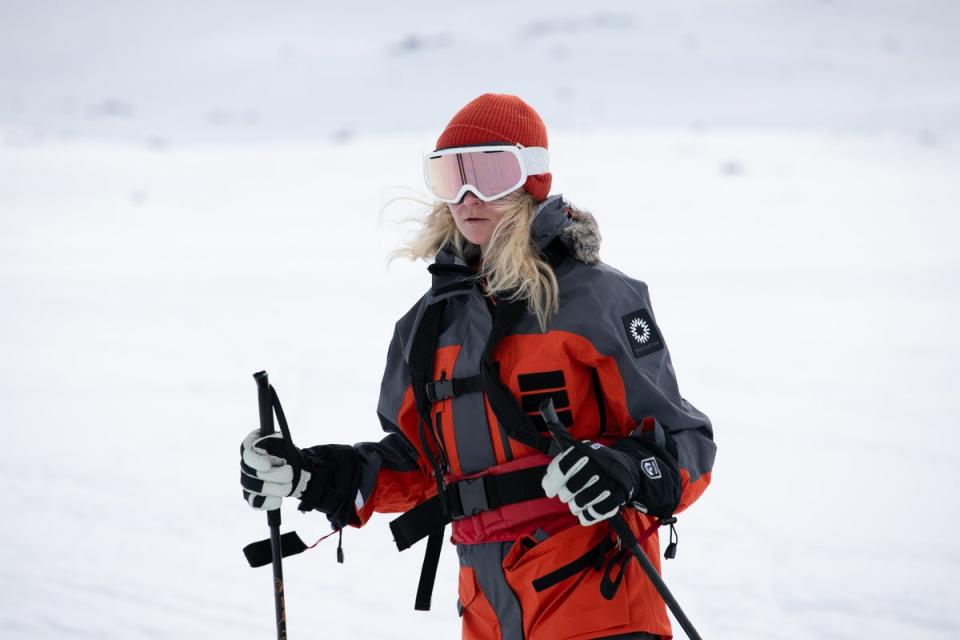

It’s no secret that exploration and adventure travel has a diversity problem. It’s a world that is white, male and wealthy, as well as appearing extremely alpha. Although, as Wendy has noted, this may be largely down to perception rather than reality.
Earlier this year, adventure travel company Intrepid made a fresh call for more female-fronted travel and adventure TV shows, following research that revealed just 26 of the 101 travel and adventure TV shows available to stream on the two leading TV channels (the BBC and Channel 4) include a female presenter.
Dr Adele Doran, principal lecturer at Sheffield Hallam University, whose research specialises in outdoor recreation and adventure tourism, revealed that it’s actually women who make up the majority of global adventure travellers, accounting for 57 per cent.
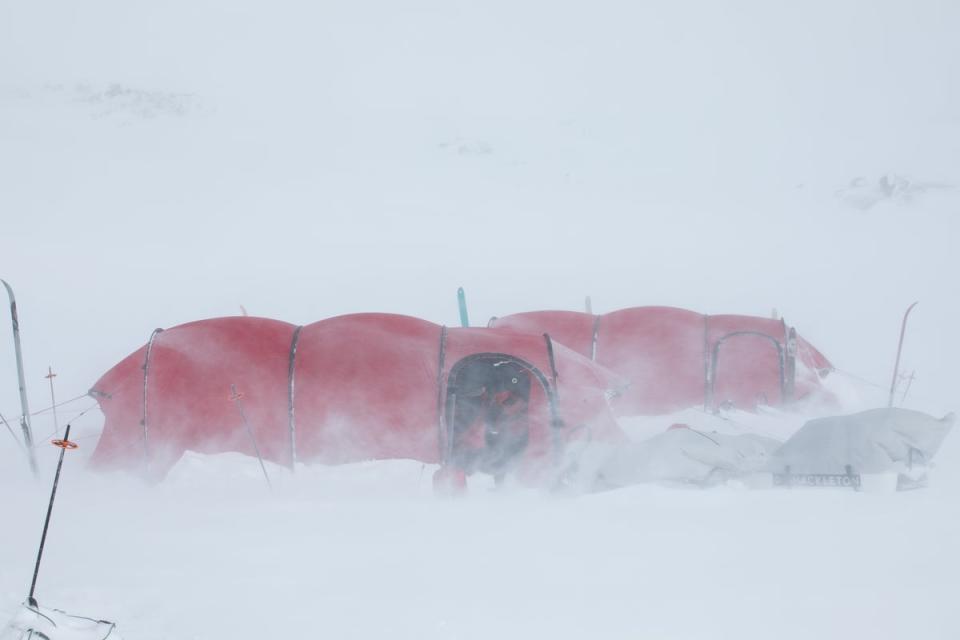

She says: “There seems to be a preference to use middle-aged male presenters on TV travel shows, particularly comedians. You see them haggling at markets, taking epic journeys, trying exotic food, and climbing mountains. Consequently, audiences are perpetually seeing and hearing about adventure travel through the filters and experiences of male travellers.
“Women are often relegated to travel shows and travel writing with a fashion, spa, wellbeing, or gastronomy angle. Whereas adventure or discovery travel, particularly in remote areas, is often associated with men and commands higher prestige.”
Intrepid points out that despite a range of new travel-focused shows running this year, many of the presenters landing these gigs are men who don’t have a heritage in travel and adventure-based TV. Paddy McGuinness’ new show set to air later this year sees him taking on adventures across Europe, while Gary Barlow’s new show airing in autumn focuses on him travelling around South Africa exploring food and wine.
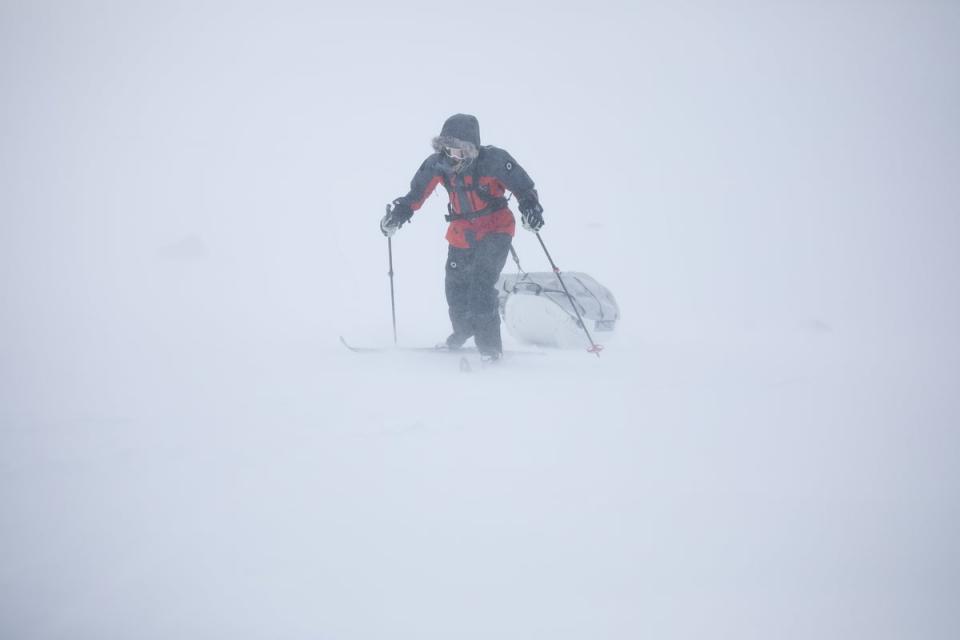

Alice says: “Midlife women are the fastest-growing segment of soft adventure travel. We are doing the travelling so surely we deserve to be represented in the media and to be talking about our experiences.
“It’s not all about an excellent jawline and a vest with lots of pockets. I admire so many men in adventure and really enjoy their stories but I also want to hear about someone like me doing it. Someone who can do extraordinary things even if they aren’t the strongest, fittest, hardest and definitely cannot fashion a shelter out of just three twigs and a pointy rock.”
Soft skills aside, women can also hold their own when it comes to physicality. While brute strength may help in survival, perseverance, determination and stamina are equally, if not more, important – and are certainly not gender specific.
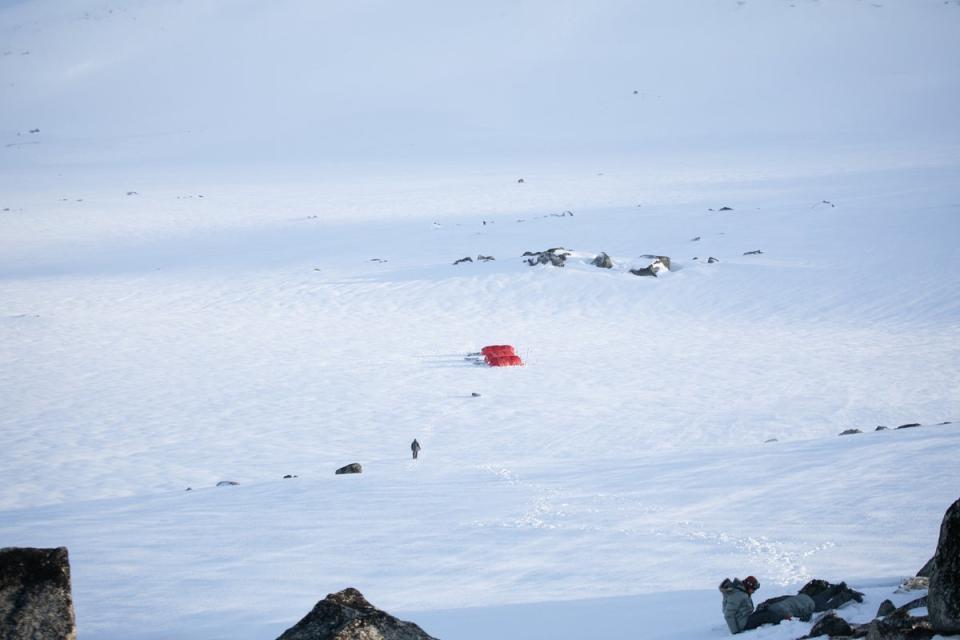

Watching Bear Grylls or Levison Wood jump out of helicopters, eat a reindeer heart or hike the length of the Himalayas indeed makes a great TV show, but it would too with a woman, and these are feats that adventurers are capable of, male or female.
Sitting in the tent in Finse, Wendy is humble to the point of self-effacing about her achievement. She says: “I’m definitely guilty of this, but it seems as women there is a cultural thing that we need to get over: we don’t stand up and shout about what we’ve done.
“We’re taught to be nice and modest, and not be thought to be blowing our own trumpet or bragging. It somehow seems easier for men to do that.
“And so it looks like women aren’t doing these cool things, but they are. Scratch the surface of the adventure world and you realise how many cool things are happening and that we need to shout about them more.”
Booking for the Finse Polar Skills Level 1 Shackleton challenges for the 2025 season is now open. For more information about these and all Shackleton challenges, visit Shackleton.com.
Read more on hiking and camping in the Scandinavian wilderness
Related
Turkish Airlines and Qatar Airways Suspend Mogadishu Flights Following US…
Home » Airlines News of Qatar » Turkish Airlines and Qatar Airways Suspend Mogadishu Flights Following US Embassy Terror Alert, Raising Security Concerns at
Local tourism destinations grow fast
Men sit at the Doha Corniche backdropped by high buildings in Doha on March 3, 2025. Photo by KARIM JAAFAR / AFP DOHA: Local tourism destinations are g
Hajj, Umrah service: Qatar Airways introduces off-airport check-in for pilgrims
Image credit: Supplied Qatar Airways has introduced an off-airport check-in
IAG, Qatar Airways, Riyadh Air, Turkish Airlines, Lufthansa & more…
Turkish Airlines – a Corporate Partner of the FTE Digital, Innovation & Startup Hub – is charting a course to rank among the top 3 global airlines for












